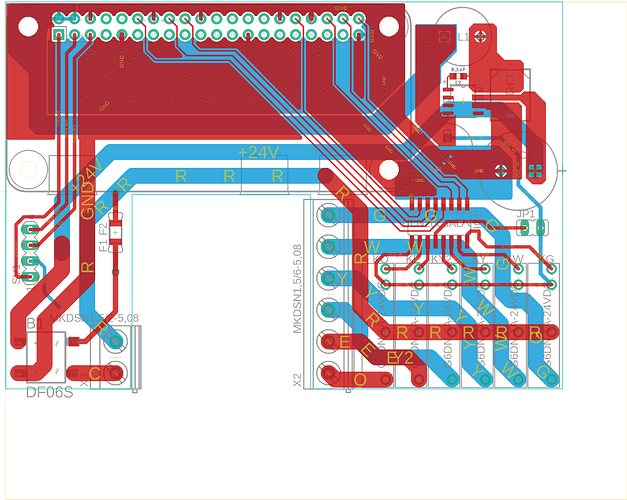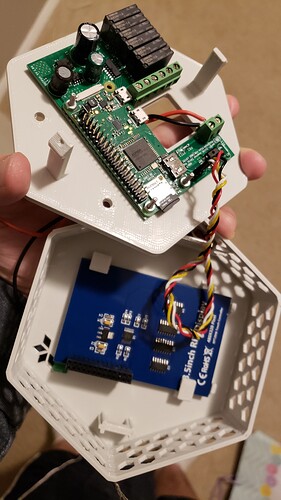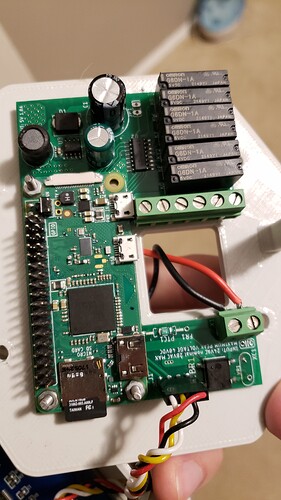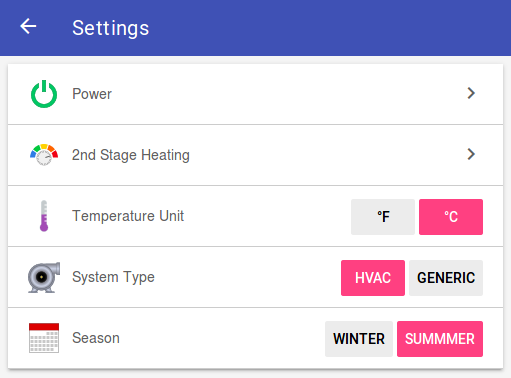I’m the actual designer of this board and here’s a preliminary bom
https://pastebin.com/vMXirDGN thats a csv of the digikey bom
this link should work if you have a digikey account,
https://www.digikey.com/BOM/Create/CreateSharedBom?bomId=8012033
the 4 two position terminals can be replaced with a 2 position and a 6 position it’s $.20 cheaper for less than 3 boards.
a few notes for assembly if you’re doing it with an iron, tiny capacitor first, voltage reg second, diode third
if doing it with hot air just paste it up and reflow
the polyfuse also has pads bypassing it for a fusible resistor, or any other through hole protection device you want or just bridge the pads if you’re brave.
Known bugs.
there is zero interference or overvoltage protection in the bom
you can put an x capacitor across the ac input if you have interference issues, there are holes provided
if you want you can put a varistor across the provided vr1 pads or something fancier for overvoltage handling
it could really use a common mode choke.
the idea was to use a small premade line filter external to the board if it becomes an issue.
I wouldn’t run any audio off this design as there’s some regulator noise on everything the pi doesn’t seem to care and neither does the touchscreen.
Some notes about capacitor selection.
That particular C3 is not exactly what i used in my working boards but it’s a close approximation of the chinese one i pulled off a tv power supply just testing values.
C2 seems to work best as either a 68uF-560uF poly cap in various voltage ratings or as a 16v >=470uf electrolytic with a ceramic cap on the underside, a ceramic capacitor alone of sufficient value will just cause problems.
In a week or two i’ll have a really solid combination characterized i just don’t have a good programmable load to test with.
Troubleshooting the regulator.
Originally i got all kinds of oscillations on the power supply when the pi drew too much current. if you have issues try using a motherboard capacitor of higher value or pretty much any low esr cap you can find in place of C2 or try any 50v higher esr capacitor at C3.
it seems to work fine to power a pi3A or a pi zero but it still needs more testing.



